Extract from The Guardian
This article is more than 1 year old
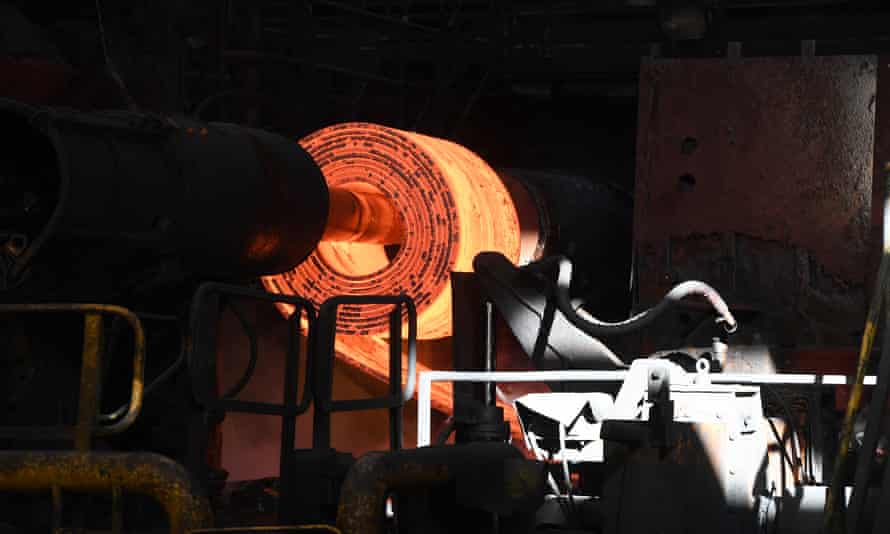
Last modified on Thu 19 Nov 2020 17.00 AEDT
A new Australian green steel industry could create tens of thousands of jobs in regional areas reliant on coalmining, particularly in central Queensland and the Hunter Valley, giving them a future as demand for carbon-intensive goods falls.
That is the conclusion of a report by the Grattan Institute, a thinktank linked to the University of Melbourne, which examined claims Australia has the potential to become a green energy “superpower”.
Assessing the viability of clean manufacturing possibilities, the institute found green steel made with renewable hydrogen could become a multibillion-dollar export industry employing 25,000 people in regions likely to be hardest hit by global steps to cut greenhouse gas emissions.
Tony Wood, the institute’s energy program director, said Australia had not typically been good at globally competitive manufacturing, succeeding instead at “digging stuff out of the ground”. But he said the rapid fall in the cost of solar and wind energy and the country’s world-leading clean energy resources was a “fundamentally significant change”.
Options for diversifying Australia’s fossil fuel-intensive energy industries as the globe aims to cut emissions include exporting renewable energy, either as electricity by sub-sea cable or as hydrogen, and developing low-emissions commodities, such as metals, chemicals or biofuels.
Rather than exporting renewable hydrogen, the analysis found the most economically viable path appeared to be to use it within Australia to produce steel with near-zero emissions. “Green steel” is created using hydrogen to trigger a chemical reaction with the oxygen in iron ore to create iron metal and water. The metal is then refined and cast into steel.
Hydrogen-based direct reduction of iron ore is not yet commercial, but the report says it is based on a proven technology involving gas.
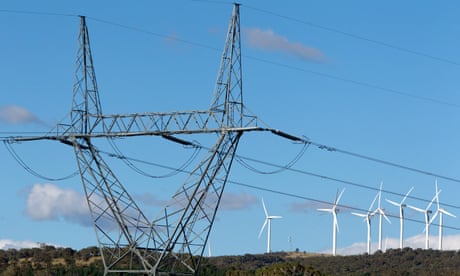
Pilot plants are being built or planned in Germany and Sweden, where steelmaker SSAB recently has set a target of green steel production by 2026, a decade earlier than was previously considered possible. German manufacturer Thyssenkrupp made headlines in November when it demonstrated that a steel blast furnace could in part run on hydrogen.
A future for carbon workers
The institute’s report focuses on the future of “carbon workers” – people and communities in fossil fuel-reliant industries whose jobs will be threatened by global steps to tackle the climate crisis to meet the goals of the Paris agreement.
The report says carbon-intensive electorates recorded bigger swings than average to the Coalition at the 2019 federal election, when it was emphasising it would do less to combat the climate crisis than Labor. While it may have helped it last year, it says the Morrison government’s approach of supporting only modest climate targets cannot protect jobs in the face of global climate action, and does not help the country seize new low-carbon opportunities.
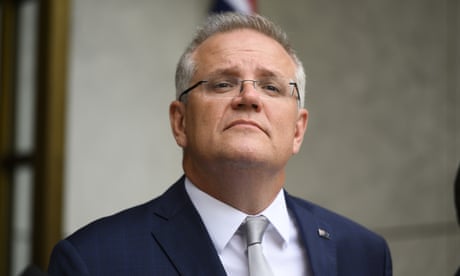
Wood and co-authors Guy Dundas and James Ha conclude this stance – stressing the short-term costs for those affected by climate policy while ignoring the cost of inaction – ultimately works against Australia’s national interest. It says both Coalition and Labor leaders have claimed Australia should and will continue to export fossil fuel products for decades while committed to the Paris agreement. In reality, the future for coal, gas, oil and products created with them was much less certain.
“Australian governments need to be honest with carbon workers: their attempts to protect carbon jobs from global forces will ultimately fail,” the report says.
“You don’t have to be a card-carrying climate activist to think this is a good idea. You just have to be someone making an assessment about risk,” Wood added. “Our practical plan could be a win-win-win. It would create a new export industry, support carbon workers and cut emissions.”
Call for government support
The report is published as global institutions, industry groups, investors and civil society leaders call on governments to use stimulus programs needed to drive the economic recovery from Covid-19 to also address the climate crisis. Wood said a green steel industry would take time to develop, but unlike other options being considered was an area in which Australia had a competitive advantage.
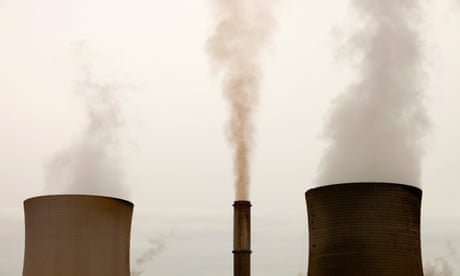
Currently, Australia mostly ships the raw iron ore and metallurgical coal used in steel production to Asian countries, where it is processed. But the institute found Australia was likely to have a cost advantage in manufacturing iron metal, and possibly refined steel, in a low-emissions world due to its access to cheap clean energy and the high cost of shipping hydrogen.
It says investment would need to come from the private sector, but calls on the federal government to fund a low-emissions steel “flagship” program to build local skills and capability over the next decade, possibly by using low-cost gas from WA to make steel with lower emissions as green steel developed, or by helping existing steel plants at Port Kembla and Whyalla modernise and survive.
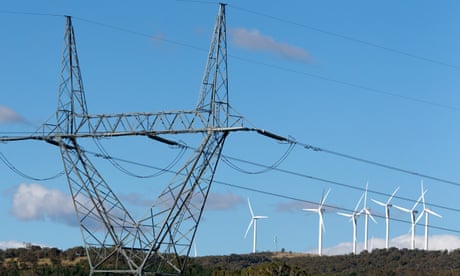
Other government support could include federal funding for studies into the geological potential for hydrogen storage and, at a state and local level, programs to help workers retrain.
Why not just export hydrogen?
There has been optimism about the possibility of exporting hydrogen, but the report says its prospects are uncertain, in part because it is hard to transport. It must either be liquefied by cooling it to -253C or converted into a chemical such as ammonia.
For exports to be viable, Australian hydrogen would need to be far cheaper than from other countries. The report says while an industry may develop, “the uncertainties mean that it is unlikely to be Australia’s most significant clean energy opportunity”.
In terms of jobs, there were likely to be far more if Australia used its cheap clean energy to produce commodities for export than if it just sent renewable energy offshore. Manufacturing is far more labour-intensive than electricity generation, and its jobs generally better paid.
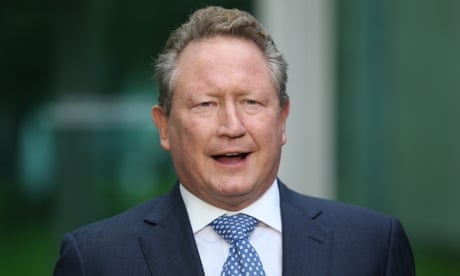
The report says green steel is likely to cost more than fossil fuel steel for the foreseeable future, but if the cost of renewable hydrogen was to reach US$2 a kilogram it would add only 1% to the cost of a typical car or house, and 0.5% to a railway or road.
It said there were also attractive, but probably smaller, opportunities in creating a sustainable biofuels industry and, to a lesser extent, development in renewable ammonia and exporting electricity via sub-sea cables, as proposed by the $20bn Sun Cable project backed by billionaires Andrew “Twiggy” Forrest and Mike Cannon-Brookes, which hopes to sell solar energy from the Northern Territory to Singapore.
It said the federal government should consider requiring a share of domestic aviation fuel come from non-food biofuel sources, saying it could create hundreds of jobs in Collie, Portland and the Latrobe Valley.
“These opportunities are not certain and will generally rely on either international policies to reduce emissions, or customers being willing to pay a ‘green premium,” the report says. “But these opportunities are credible, particularly if the world moves away from fossil fuels.”
Partnering with competitors
Tennant Reed, from the Australian Industry Group, said the report did a great job fleshing out the abstract idea of the advantages Australia may have in a clean energy world, and laying the foundations for future policy and development work. He said people had different views of where future opportunities would lie, with some excited by exporting bulk hydrogen, others aluminium, others steel, but the report illustrated how big the latter opportunity could be.
He said the Grattan Institute envisaged a huge increase in Australia’s share of global steel production, a shift that would not be easy in a world in which countries may look to increase domestic manufacturing. It would require working closely with other nations. “It will be a lot harder if we are just trying to cut these countries and their companies out of the global steel industry rather than partnering with them,” Reed said.
The energy and emissions reduction minister, Angus Taylor, did not mention steel specifically when asked for his response to the report, but said clean commodities made with hydrogen would help the country become a world leader in that industry. He said the government had committed $370m to developing it through the Clean Energy Finance Corporation and the Australian Renewable Energy.
Labor’s climate change and energy spokesman, Mark Butler, said the report showed the jobs and industry benefits of embracing a clean energy future, and accused the prime minister, Scott Morrison, of actively opposing going in that direction.
“A Covid-19 recovery plan which brings forward investment in new renewable projects like green hydrogen will create tens of thousands of new jobs, stimulate regional economies and deliver cheaper power prices,” he said.
No comments:
Post a Comment